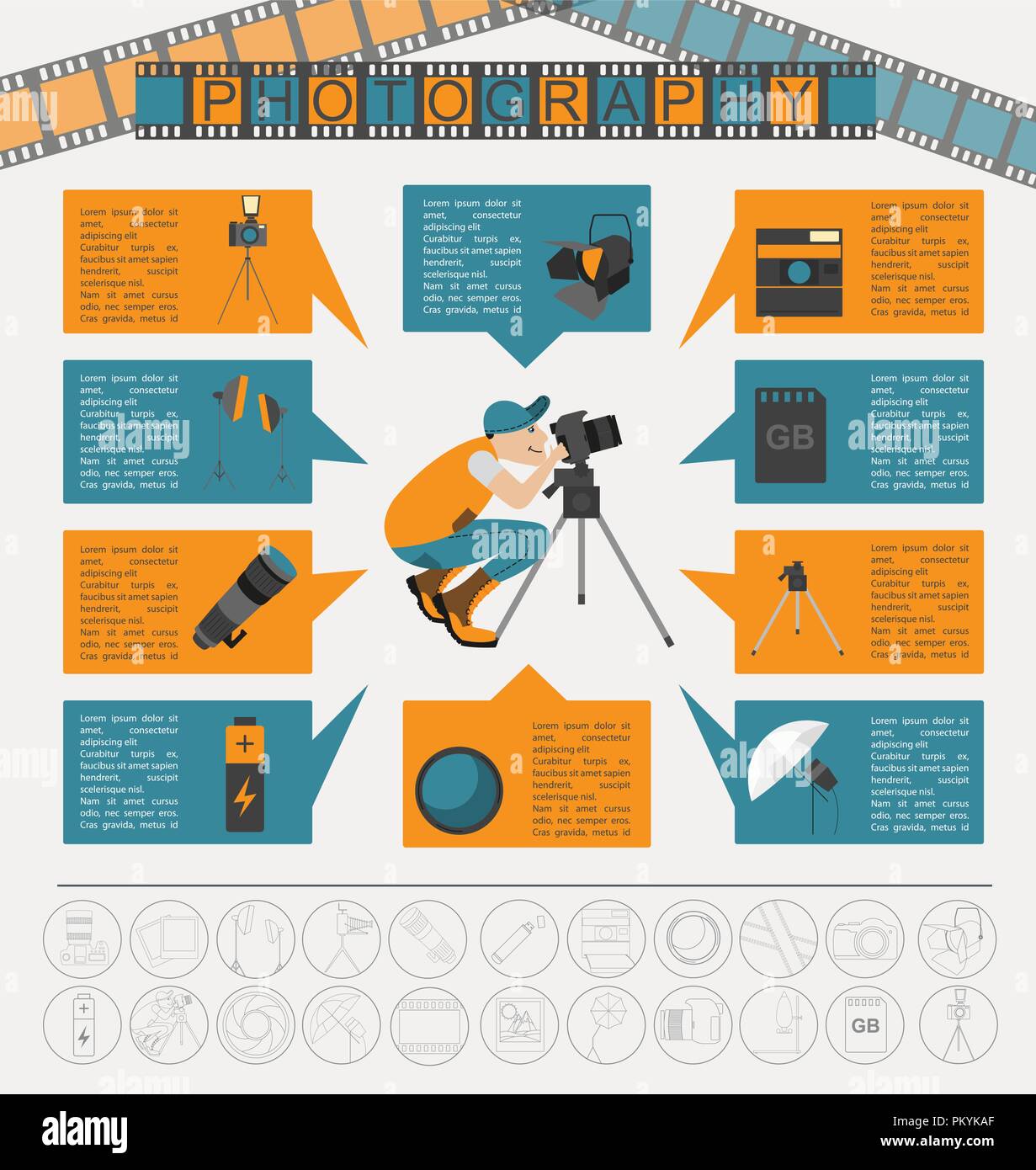What Every Professional Photographer Ought To Understand About Lights
What Every Professional Photographer Ought To Understand About Lights
Blog Article
Content Develop By-Beck Ibrahim
As a digital photographer, you recognize that lights can make or break your pictures. Comprehending the nuances of both natural and synthetic light is important for capturing the mood and clarity you aim for in your job. Whether you're chasing the excellent golden hour glow or adjust your fabricated arrangements, mastering these aspects can boost your digital photography considerably. However there prevail https://zenwriting.net/rosalba08krissy/discover-to-uncover-your-distinct-photographic-style-by-exploring-impacts-and that several forget, and acknowledging them can transform your method to every shoot. Let's discover what you might be missing out on and exactly how it can affect your results.
Comprehending All-natural Light
Recognizing all-natural light is vital for any kind of digital photographer wanting to enhance their job. It's the structure of terrific photography, influencing state of mind, tone, and clarity. When you shoot outdoors, take notice of the time of day. The golden hour-- quickly after daybreak and prior to sundown-- provides soft, warm light that can change regular scenes right into sensational images.
Do not ignore the power of overcast days. Cloud cover diffuses sunlight, producing a soft, even light that's excellent for portraits and macro digital photography. You'll discover shades pop in this kind of illumination without harsh shadows.
Placing issues, also. Constantly consider your subject's positioning to the source of light. If the sunlight's behind your subject, you may end up with a shape, which can be remarkable yet mightn't be what you want. Conversely, direct sunshine can produce uncomplimentary darkness.
Explore angles; in some cases, transforming your perspective can produce incredible results. Use all-natural reflectors, like water or sand, to jump light onto your topic, including dimension.
Mastering Artificial Light
Grasping synthetic light is crucial for professional photographers who wish to take their abilities to the next level. Whether you're using speedlights, workshop strobes, or constant lights, understanding how to control these resources can substantially boost your images.
Start by familiarizing yourself with the fundamentals of light quality, instructions, and color temperature. Explore different modifiers like softboxes, umbrellas, or grids to manage the soft qualities or violence of the light.
You'll find that soft light typically develops complementary results, while harsher light can add drama and depth. Do not shy away from shadows; they can boost the three-dimensionality of your subjects.
Pay very close attention to the positioning of your lights. A light positioned too near your topic can create uncomplimentary results, while also far away can lead to a lack of information. Utilize a light meter or your camera's pie chart to ensure you're subjecting appropriately.
Last but not least, remember that artificial light can be combined with ambient light for imaginative results. Balancing these sources could take method, but once you grasp it, your photography will really beam.
Strategies for Different Scenarios
When you enter various shooting scenarios, adapting your lighting techniques is important for recording the best photos. For more info , make use of the golden hour-- morning or late afternoon light-- to soften shadows and improve complexion.
If it's an extreme lunchtime sunlight, take into consideration using a reflector to jump light back onto your subject or look for shaded areas for an extra even direct exposure.
In low-light scenarios, like indoor events, raise your ISO and utilize a vast aperture to let in more light. A tripod can assist get rid of cam shake, enabling longer direct exposures without obscuring.
If you're shooting at night, trying out off-camera flash to create dynamic lighting and depth in your images.
For product digital photography, use diffused illumination to stay clear of extreme reflections. Softboxes or light tents can aid achieve this result.
When photographing landscapes, take into consideration the instructions of light and time of day, as it can drastically change the state of mind of your shot.
Constantly be ready to readjust your setups and positioning based upon the circumstance, as versatility is key to mastering illumination in digital photography.
Conclusion
In conclusion, mastering lighting is crucial to elevating your photography skills. Embrace natural light's appeal during golden hour, and do not avoid try out synthetic light strategies. By adjusting your approach to different scenarios, you'll catch magnificent images that reverberate with feeling and quality. Remember, the right illumination can transform a common shot into something phenomenal, so keep practicing and improving your understanding of both all-natural and fabricated light. Happy shooting!
